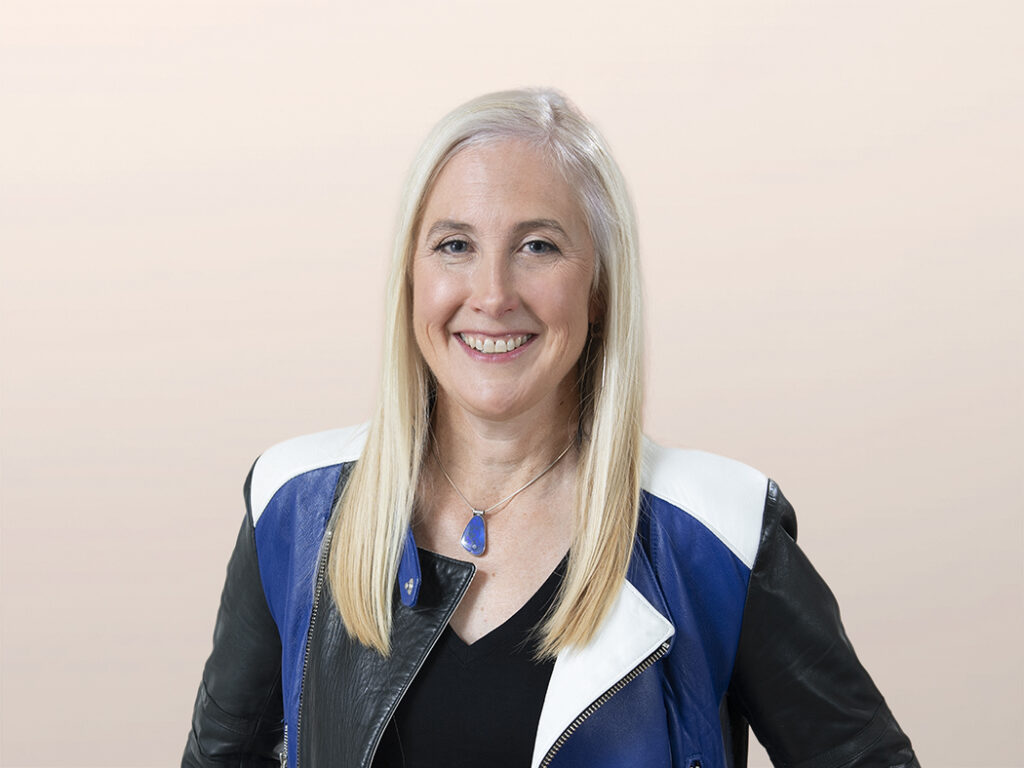Mobile-Fueled Valuation: Uber at $40B?
I am not a financial analyst so will not speak to the specifics on the $40 billion.
Uber isn’t a mobile app service. (I heard a taxi driver call them “app cars”). Uber is a business enabled by mobile.
Mobile changes consumer expectations of convenience in three dimensions:
- Immediacy. I may wait three to 10 minutes for a ride, but I have instant access to information (e.g., the location of the vehicle and when it will arrive).
- Simplicity. I press a button “pick me up” and a car is ordered for my precise location. Ordering a ride could not be any simpler — well, at least until someone learns to anticipate when I need a ride and asks me before I order. (I’m waiting on my airline to do this for me).
- Context. Context is the sum of all of the information that a company has about a consumer (or employee — in this case supply of rides also) including situation (time, location, etc.), past behavior or preferences, and emotions inferred from one’s logistics. Uber depends primarily on real-time context or location in the moment to match supply and demand. Drivers also use ratings to decide if they want to pick up a passenger.
At Forrester, we call this the mobile mind shift: the expectation that a consumer can get what he or she wants immediately, in context. Uber delivers. In fact, Uber serves up exactly what its customers and drivers need in their mobile moments.
Forrester defines a mobile moment as the point in time and space when a consumer reaches for his or her phone to get what he/she wants immediately, in context. We each do this 150 to 200 times each day. Sometimes we need to pay someone. Sometimes we want to see the score of the game. When we tap the Uber button on our app, we want a ride. This is the new battleground for companies. Mobile moments are where companies will win, serve, and retain customers as we look forward.
How does Uber get a valuation of $40 billion? I’ll throw out a few ideas:
- Growing revenue stream with no upward bound in sight. Uber isn’t just taking money from the taxi industry, it is taking revenue from:
- Taxis/existing limo services.
- Parking. It’s easier and less expensive to use Uber than drive and park.
- Car ownership. If you live in a city, getting rides can even be less expensive than owning a car.
- Municipal transportation. Four people getting in UberX to get to dinner in San Francisco can and will be less expensive than the bus — and much quieter, cleaner, and more convenient.
- Car rentals. My parents are in town for the holidays. I told them not to rent a car — less expensive to just call for an Uber for the occasional ride.
- Delivery services?
- Etc.
- Sophisticated software and analytics to anticipate demand and create appropriate supply. This includes sophisticated pricing algorithms to match supply and demand — or to shift demand to less-utilized assets.
- Use of location. Less than one in three companies we survey use location to customize mobile services despite the fact that one in four consumers expect mobile services to change based on location.
- Employment. I interview every Uber driver. Many are unemployed or between jobs. Some are making extra cash while in school. There couldn’t be a more flexible job; you work when you want to work — when the demand (and $$) is high enough.
- Shifted. These guys get it. About two-thirds of executives we survey are still taking experiences from the PC and squeezing them onto small smartphone screens. They assume that the needs and motivations of consumers sitting at home are the same as they are on the go. This is a pragmatic starting place, but myopic. Uber ldquo;gets” the mobile mind shift. Few do. Even fewer are using mobile to transform their business.
- Scarcity of great ideas that are big and will get bigger. And go figure — Uber has revenue. If WhatsApp is worth up to $19 billion with almost no revenue, why not reward a company generating real revenue with real assets with much, much more?
